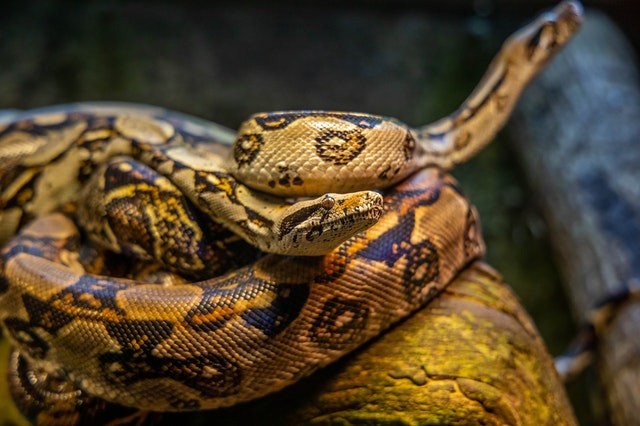Researchers with Island Ecology and Evolution Research Group, Instituto de Productos Naturales y Agrobiología discovered that an invasive species of snake has killed virtually all of Gran Canaria's indigenous reptiles.
Among the findings of Julien Piquet and Marta López-Darias, published in Proceedings of the Royal Society B, is a comparison of ecosystems that have been influenced by the introduction of snake species that are invasive and those that haven't.

Importation of California Kingsnakes to the Island
California kingsnakes were introduced to Gran Canaria in 1998, some later escaped while others were purposely released by pet owners. Since then, the snakes have mated, bred, and spread over the island, according to Phys.org.
To better understand the effect of snakes on the island's reptile fauna, reseachers launched a new study.
Despite its name, the California kingsnake is not native to the United States or Mexico. Despite the fact that they are nonvenomous, they may grow up to 150 cm in length. Normally, they're nocturnal creatures, but when it's really hot, they've been seen to go out at night.
Birds, rodents and amphibians are among the animals they eat. Despite the snake's penchant for biting humans, it is generally regarded as safe to keep as a pet. Moreover, since they are so popular, they've spread around the globe.
Also Read : Viral Snake Photo on Instagram Led to Discovery of Previously Unknown Species From Himalayas
Decline in Reptile Populations
Researchers in Gran Canaria, the third-largest of the Canary Islands, found that reptile populations had declined.
The researchers performed a reptile census on Gran Canaria and other adjacent islands that had not yet been overrun by California kingsnakes to see whether it was connected to that invasion. As a result, they discovered significant discrepancies.
They discovered that the number of large lizards, skinks, and geckos in Gran Canaria was 90 percent lower than on adjacent islands.
An invasive species' influence may be enormous, as these studies demonstrate. As a result, invasive species should be subject to more stringent controls, especially in regions with delicate ecosystems like islands, say the researchers.
Efforts to Eradicate the Snakes
The snakes have been found in houses, patios, and gardens. People who keep birds in their houses have discovered snakes in their cages, which they open and consume the birds.
The island specialists' meeting this week is part of a four-year strategy to halve the snake population. The renovation began in 2011 and is expected to cost around €1m (£820,000).
One of the greatest obstacles is counting the snakes on the island, according to Robert Reed, a USGS researcher visiting Gran Canaria this week. Because snakes spend most of their time underground, even if you're successful in catching hundreds of them, it usually implies there are considerably more out there than you're comfortable with.
Californian Brian Hinds believes eradicating the animal from Gran Canaria is unlikely now. Strike hard and quickly or the snakes will take over 70% of the island, he warns, after 35 years of collecting and photographing king snakes in their natural environment.
Related Article : Viral Video Captures Skin-Crawling 'Death Performance' of This Black Snake in Georgia
For more news, updates about snakes and similar topics don't forget to follow Nature World News!
© 2025 NatureWorldNews.com All rights reserved. Do not reproduce without permission.





